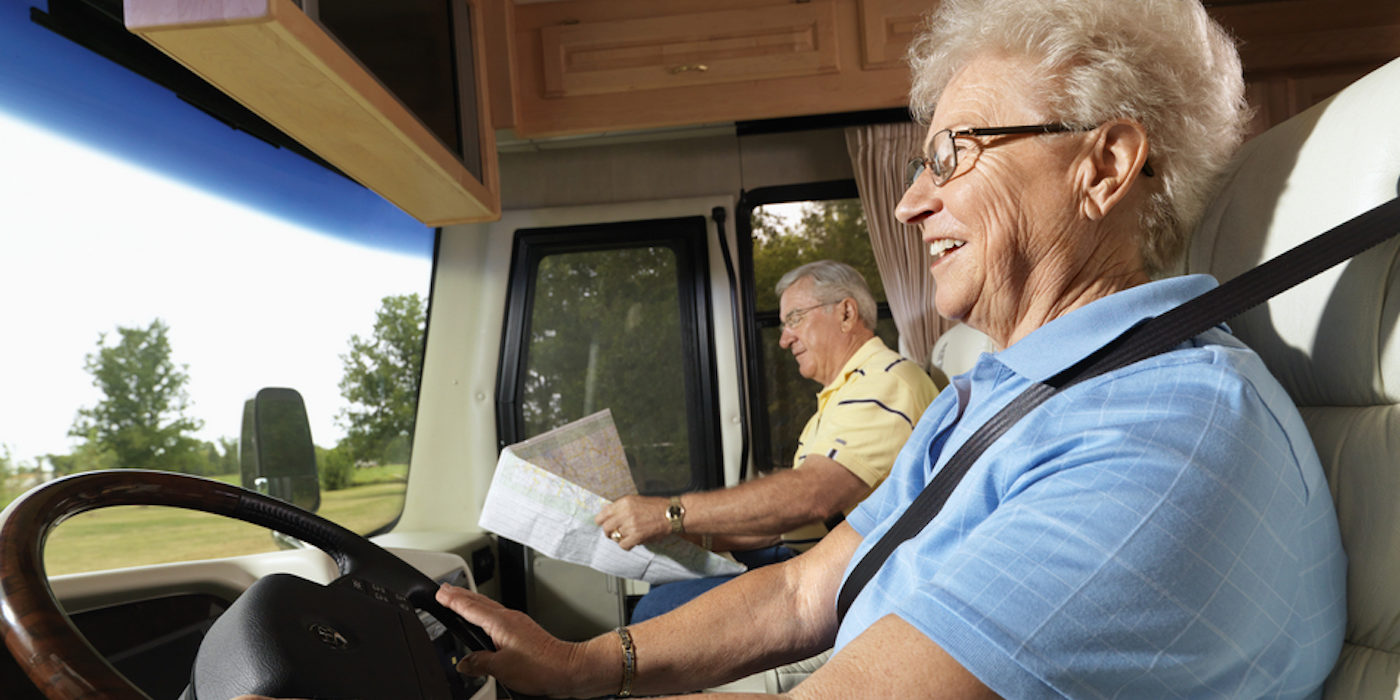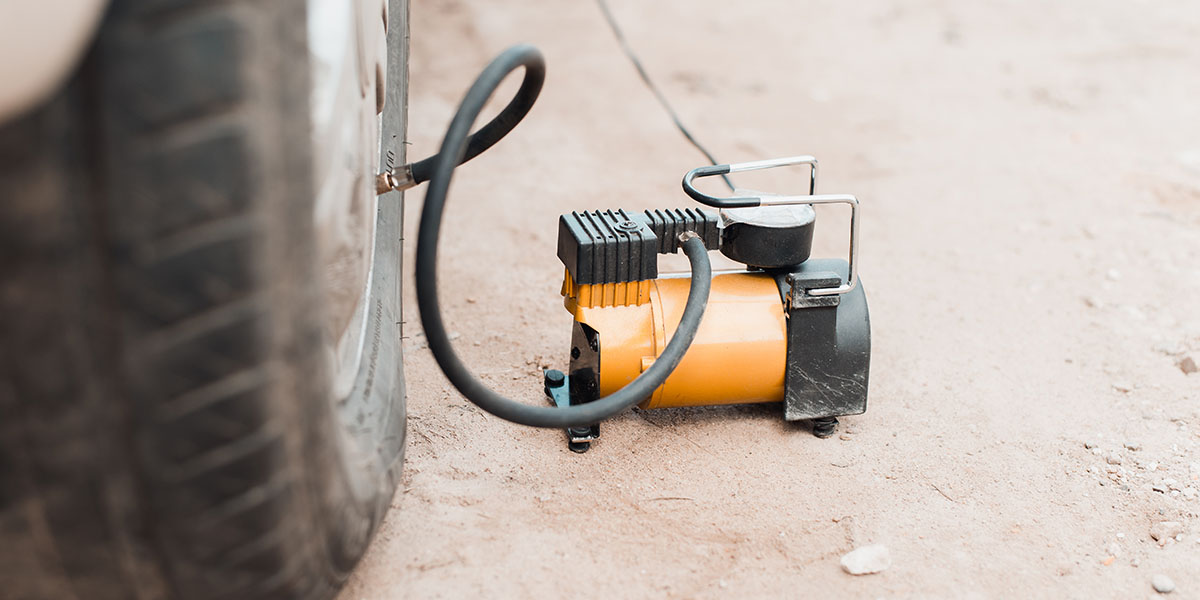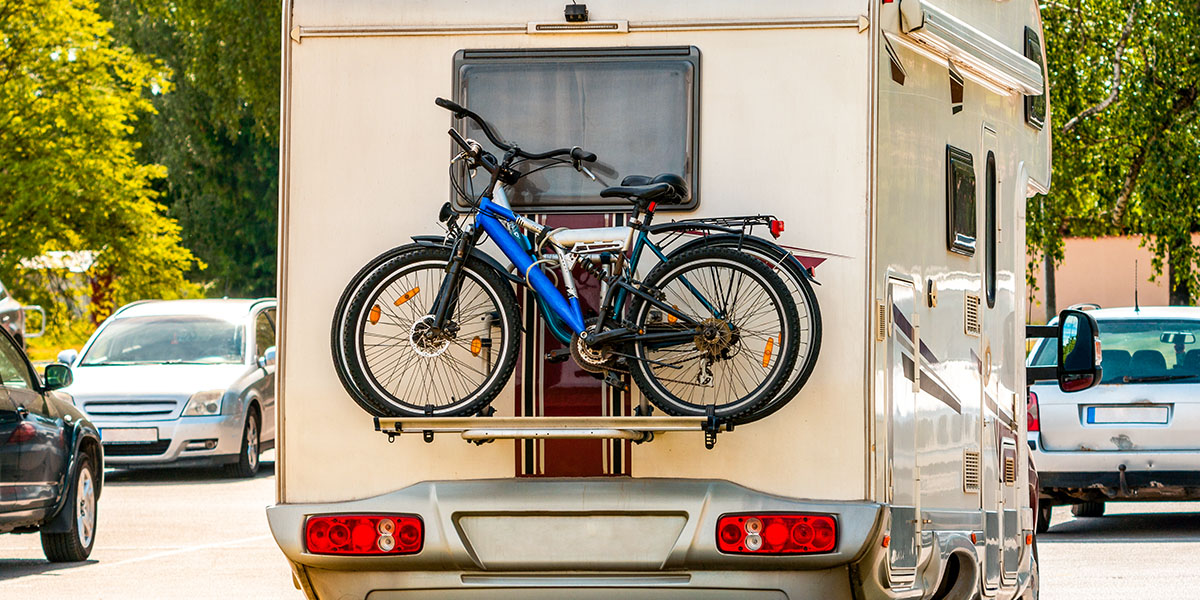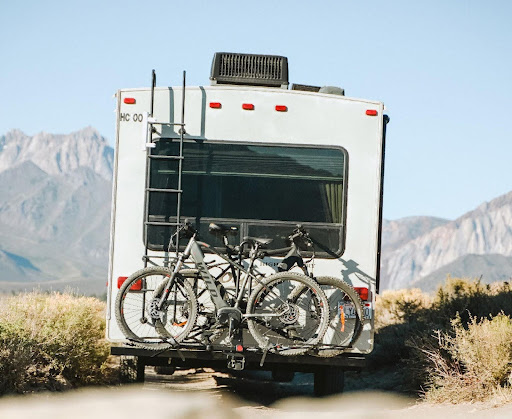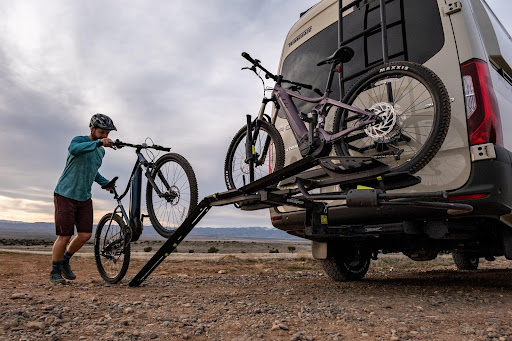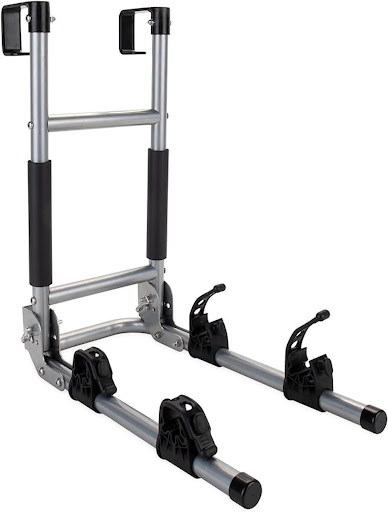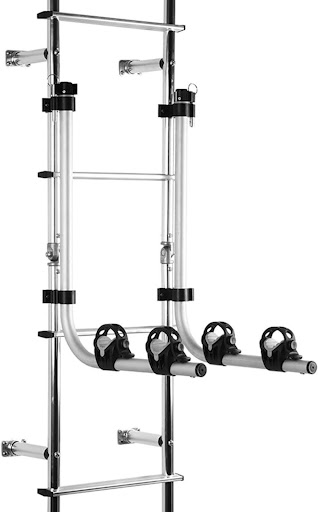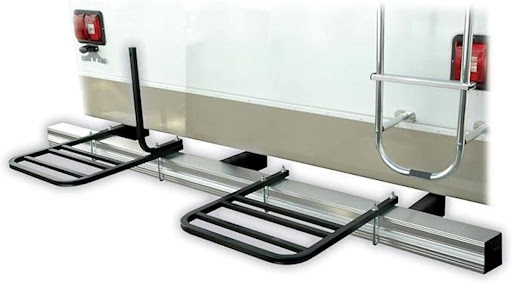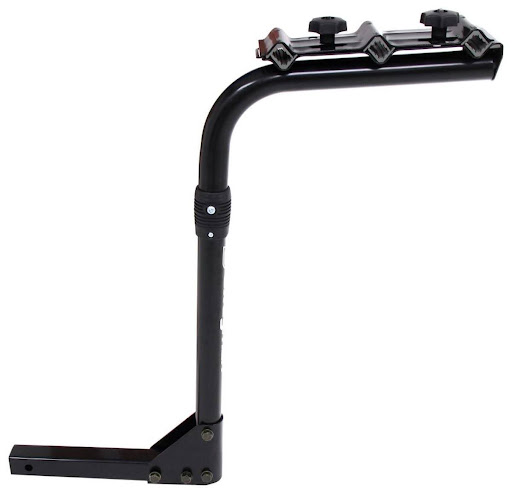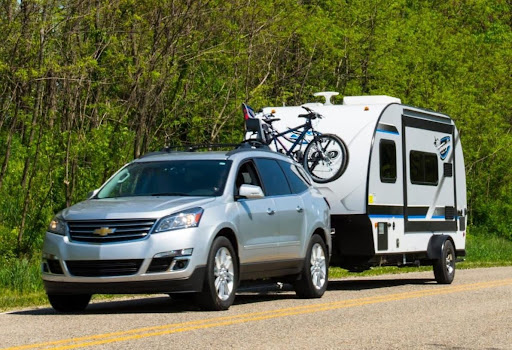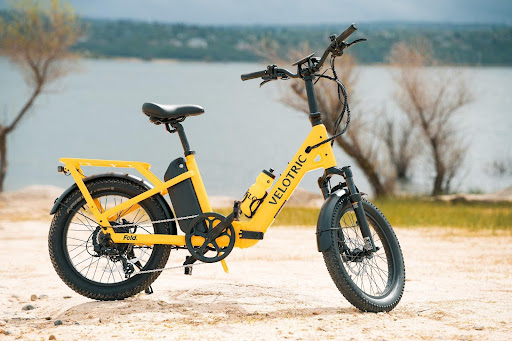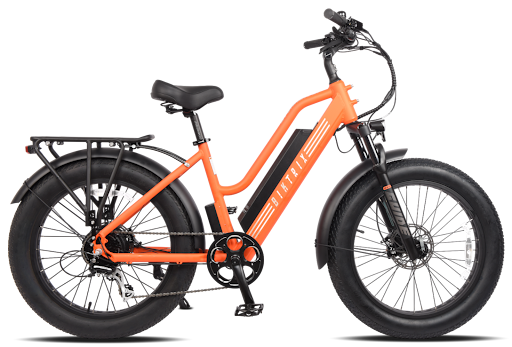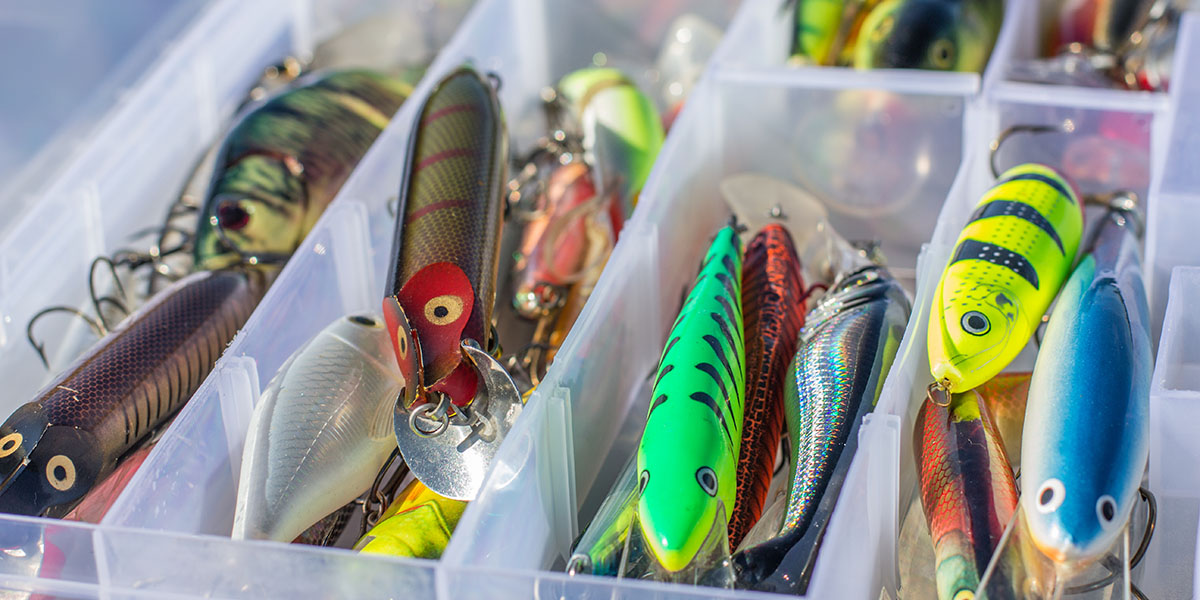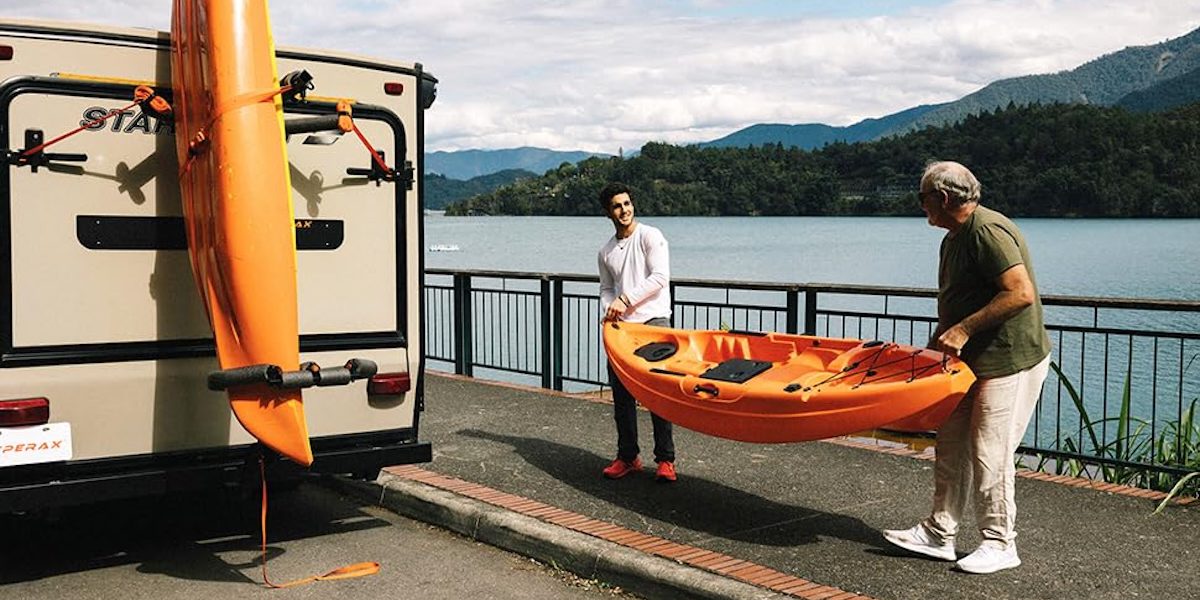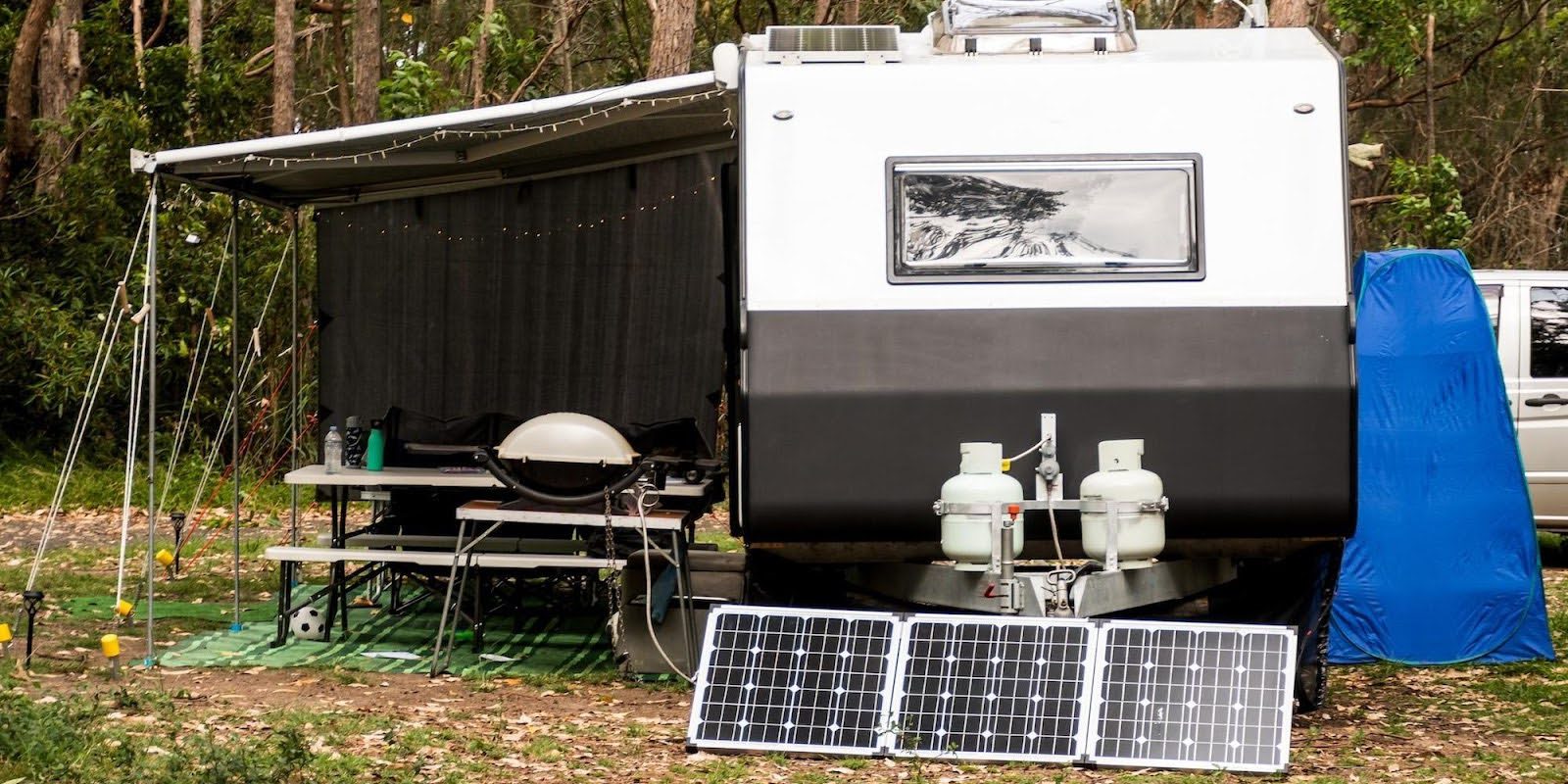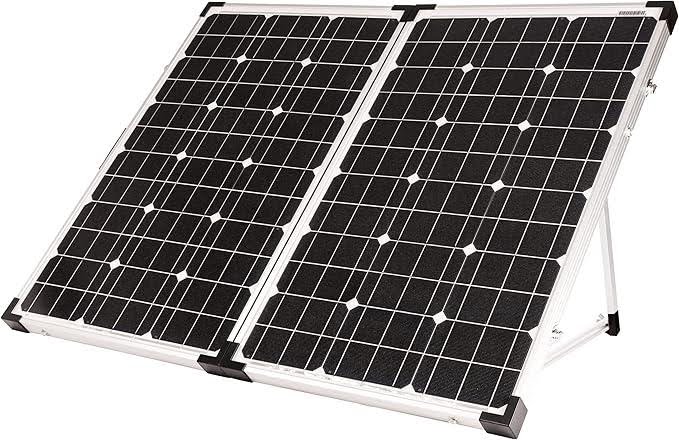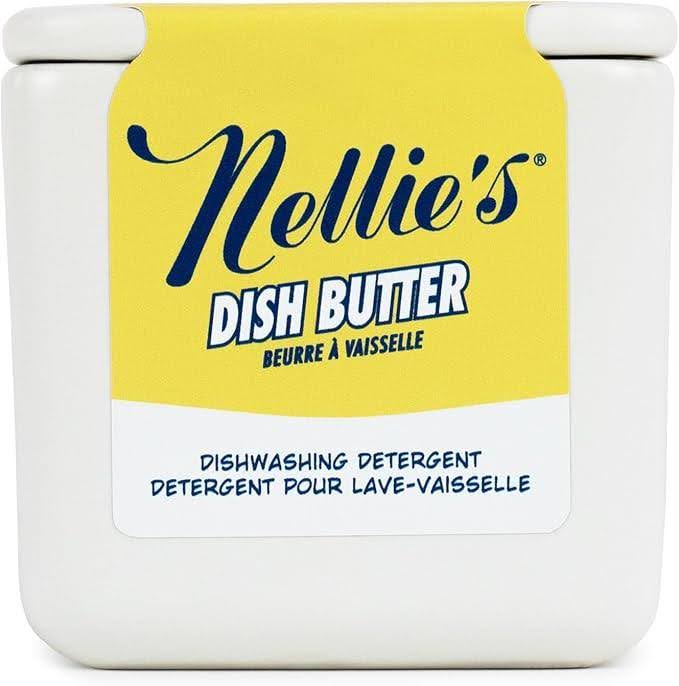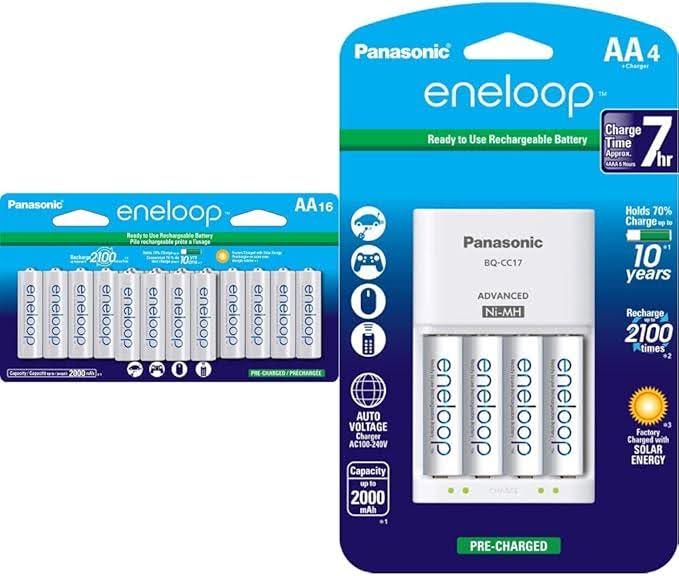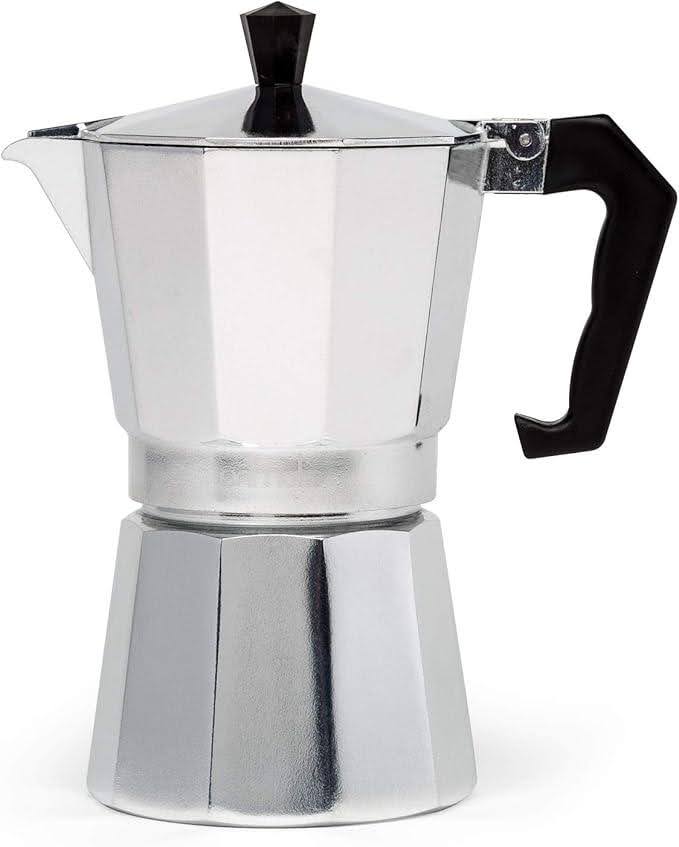Living the RV life means embracing freedom, adventure, and the comforts of home all rolled into one. But anyone who’s spent even a single summer afternoon parked under the blazing sun knows just how fast an RV heats up. Glare-filled windows, rising interior temperatures, and faded upholstery? No thanks. That’s where RV shades come in.
RV shades are a must-have for anyone serious about comfort and protecting their rig. They help control the temperature inside. They offer crucial UV protection for your interior. And, as an added bonus, they add an extra layer of privacy whether you’re parked at a campground or off-grid. So, naturally, different parts of your RV call for different types of shades — and that’s exactly what we’re breaking down today.
This guide will walk you through RV shade options tailored for each part of your rig, from windshield to tires, with specific product recommendations to help you make smart, experience-backed decisions. (And if you’re shopping for an RV upgrade, don’t forget that RV Trader is always your go-to for top listings and gear advice.)
RV Windshield Shades: Keeping the Cockpit Cool
The windshield is often the largest window on your RV. And, as you can imagine, it’s also the biggest culprit when it comes to heat and UV exposure. It’s the first place the sun hits and the fastest way for temperatures to spike inside the cab. Not to mention, when you’re parked, the windshield becomes a wide-open display for any passerby to peek in. Windshield shades can fix all of that.
EcoNour Car Windshield Sun Shade
This reflective accordion-style shade is a simple, budget-friendly tool that punches above its weight. Designed to bounce back UV rays and infrared heat, the EcoNour shade helps maintain a cooler interior and protects your dash, steering wheel, and electronics from heat damage. RVers love how easy it is to fold and stow with no fiddling with suction cups or tangled mesh.
Magne Shade Windshield Shade
When you’re ready for something custom, the Magne Shade is a serious upgrade. It installs from the outside using high-strength magnets, and offers a precise fit for your specific RV make and model. Not only does it block heat before it enters your cabin, but it also adds privacy without sacrificing your view from the inside. Daytime visibility out, privacy in. It’s perfect for relaxing in your rig without drawing the curtains.
Side RV Window Shades: Enhancing Privacy and Comfort
Your side windows let in light, views, and — unfortunately — a whole lot of heat. Without the right shades, they can turn your living space into a greenhouse. Side window shades aren’t just for blocking sunlight. They help keep your furniture from fading, give you privacy, and cut down on the glare that makes screen time or reading a chore.
ZATOOTO Magnetic Side Window Sun Shades
If convenience is your thing, ZATOOTO’s magnetic shades are tough to beat. They attach instantly and stay put, thanks to built-in magnets. You can flip them up or down in seconds, and when you don’t need them, they fold up compactly. They also come in sets for both driver and passenger sides, making them ideal for full-cab coverage. These are particularly handy for frequent travelers who want to be able to shade up at a moment’s notice, say, when you’re pulling over for a mid-afternoon nap or shielding your pets from intense sun.
RecPro RV Camper Pleated Blind Shades
For a more permanent interior solution, RecPro’s pleated blinds deliver in both function and aesthetics. They come in various sizes and colors, allowing you to match your existing décor while still getting the privacy and sun protection you need. Their fabric design adds a soft, residential feel to your RV. And they’re easy to raise and lower with a simple tug. You’ll especially appreciate these if you’re a full-timer or spend long weekends in campgrounds with minimal tree cover. They look great and perform even better.
RV Door Window Shades: Balancing Light and Privacy
Your RV door might be the smallest window in the rig, but it’s often the most exposed — especially when you’re parked in a lot or next to another camper. Anyone walking by can catch a glimpse into your living space. (Which isn’t ideal when you’re trying to relax.) Door window shades provide a much-needed balance between letting in natural light and protecting your privacy.
Camco RV Door Window Light Blocking Shade
This is one of those add-ons that seems minor until you use it. This Camco RV door window light blocking shade uses hook-and-loop fasteners to easily attach over the window, blocking direct sunlight and prying eyes alike. It can be rolled up and secured with a strap when you want light and dropped down in seconds when you want privacy. It’s especially useful for RVers with screen doors or glass inserts where light tends to blast in during early mornings or late afternoons.
Camco Reflective RV Thermal Door Window Cover
A slightly more versatile option, the Camco reflective RV thermal door window cover can be used for both windows and doors. Its reflective backing repels UV rays, while its neutral interior blends in nicely. It’s a solid choice if you want a lightweight, no-fuss shade you can move around as needed.
RV Awning Shades: Expanding Outdoor Living Space
Your awning creates an outdoor room. It’s your hangout zone, your cooking station, maybe even your work-from-campsite corner. Adding an awning shade screen takes that space to the next level by blocking wind, low-angle sun, and even nosy neighbors. It’s a simple way to carve out some privacy and stay comfortable while enjoying the outdoors.
Tentproinc RV Awning Sun Shade Screen
Made from high-density mesh, this screen blocks up to 86 percent of UV rays while still allowing airflow and visibility. The Tentproinc RV awning sun shade screen zips on and off your existing awning easily and rolls up neatly when not in use. The added protection from sun and wind makes it ideal for morning coffee or evening cookouts.
RV Awning Sun Shade Screen
This RV Awnings Mart version offers wide compatibility with different awning brands and comes with ground stakes and bungees for extra stability. It’s particularly good for longer stays or desert camping, where shade is less of a luxury and more of a necessity. It also adds a little extra privacy without totally closing off your space.
Protect Your Rig, One Door and Window at a Time
From the front windshield to your door and more, every part of your RV benefits from a little shade. Whether you’re trying to beat the heat, preserve your interior, or enjoy some peace and privacy, the right RV shades make all the difference. It’s not just about aesthetics. It’s about comfort, efficiency, and taking care of your investment.
Now’s a great time to evaluate your current setup. Are your RV shades doing their job? Could your outdoor space use a little extra protection? Are your tires baking in the sun? Even a few smart additions can make your rig feel cooler, cozier, and better equipped for adventure.

